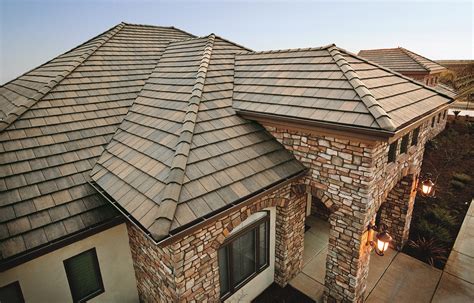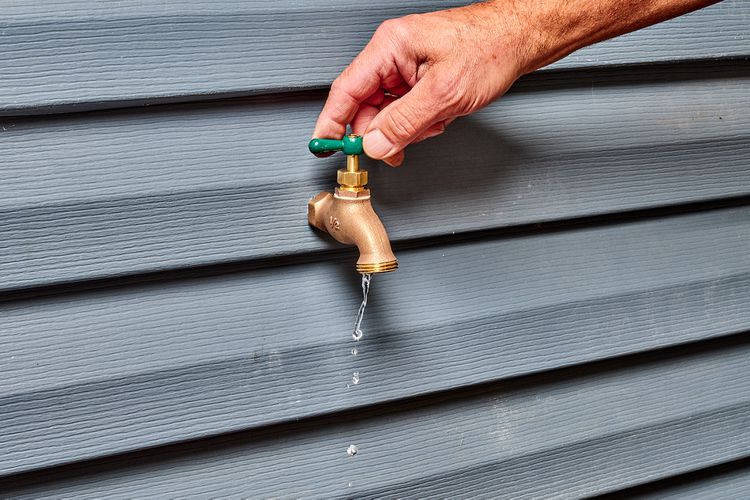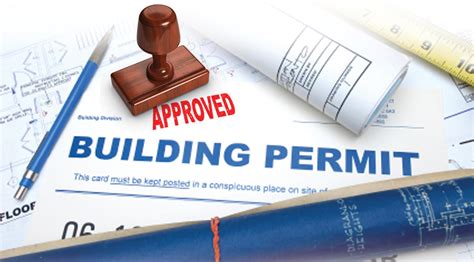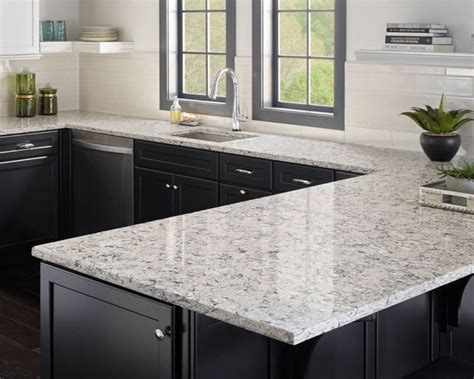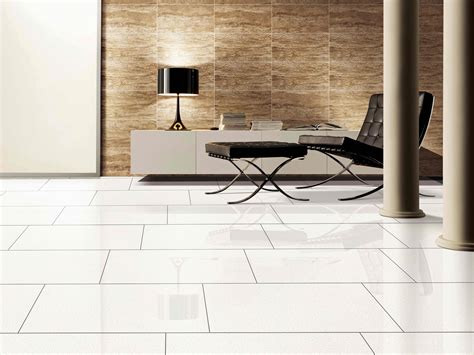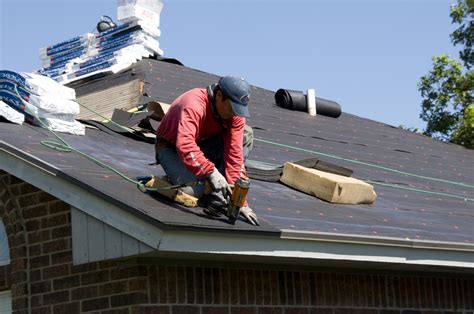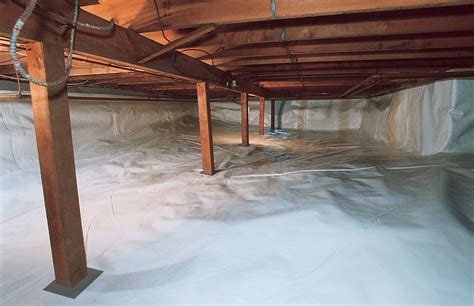
Insulating your crawl space is an essential step in maintaining a comfortable and energy-efficient home. Proper insulation helps prevent heat loss, reduces moisture buildup, and improves indoor air quality. In this comprehensive guide, we will walk you through the process of insulating a crawl space to ensure optimal results. Follow the step-by-step instructions below to achieve a well-insulated and protected crawl space.
Crawl Space Insulation Basics
Before diving into the installation process, let’s cover some crawl space insulation basics:
- Insulation Material: Rigid foam insulation is commonly used for crawl space insulation due to its moisture resistance and insulating properties.
- Vapor Barrier: A vapor barrier is crucial in preventing moisture from entering the crawl space. It helps maintain a dry and healthy environment.
- Crawl Space Ventilation: Proper ventilation is essential to control moisture levels. However, in some cases, it may be necessary to seal off vents to prevent excess moisture from entering the crawl space.
Instructions
Follow these step-by-step instructions to insulate your crawl space effectively:
Step 1: Prevent Moisture From Entering the Crawl Space
Before insulating, it’s essential to address any moisture issues. Ensure the crawl space is free from standing water or excessive humidity. Install a drainage system if necessary and ensure proper grading around the foundation to prevent water seepage.
Step 2: Look at Interior Sources of Moisture
Inspect the crawl space for any interior sources of moisture, such as leaky pipes or plumbing fixtures. Fix any leaks or sources of moisture to prevent ongoing issues after insulation.
Step 3: Seal All Crawl Space Doors and Vents to the Outside
Seal off all crawl space doors and vents that lead to the outside. This helps prevent moisture infiltration from the exterior environment.
Step 4: Seal Rim Joists and Sills
Seal the rim joists and sills using expanding foam or caulk. These areas are common sources of air leakage, and sealing them improves energy efficiency and prevents drafts.
Step 5: Insulate the Crawl Space Walls
Install rigid foam insulation on the crawl space walls. Cut the insulation panels to fit snugly between the joists, ensuring complete coverage. Attach the insulation using construction adhesive or specialized fasteners.
Step 6: Lay the Vapor Barrier on the Ground
Roll out a high-quality vapor barrier, such as a 6-mil polyethylene sheet, on the crawl space floor. Ensure it covers the entire floor area, overlapping the edges and extending up the walls by a few inches.
Step 7: Seal the Vapor Barrier to the Wall Insulation
Seal the edges of the vapor barrier to the wall insulation using a specialized tape or adhesive. This creates a continuous barrier that prevents moisture from entering the crawl space.
When to Call a Professional
While insulating a crawl space can be a DIY project, there are situations where it’s best to call a professional:
- If you’re unsure about the extent of moisture issues or how to address them.
- If your crawl space has complex structural issues
that require professional expertise.
- If you lack the necessary tools, skills, or time to complete the insulation project.
Frequently Asked Questions (FAQ)
Q: Why is crawl space insulation important?
A: Crawl space insulation helps prevent heat loss, improve energy efficiency, reduce moisture buildup, and maintain a more comfortable indoor environment. It also protects against potential issues like mold and wood rot.
Q: Should I insulate the crawl space walls or the floor?
A: Insulating the crawl space walls is generally more effective as it creates a thermal barrier between the crawl space and the conditioned living areas. However, insulating the floor above the crawl space can also provide some benefits, especially in colder climates.
Q: Do I need a vapor barrier in the crawl space?
A: Yes, a vapor barrier is crucial in preventing moisture from entering the crawl space. It helps maintain a dry environment, reducing the risk of mold growth and other moisture-related issues.
Conclusion
Insulating your crawl space is a worthwhile investment that can significantly improve your home’s comfort, energy efficiency, and indoor air quality. By following the step-by-step instructions provided in this guide, you can effectively insulate your crawl space and enjoy the benefits for years to come. Remember, if you encounter any difficulties or have concerns about moisture issues or structural integrity, it’s best to consult a professional for expert guidance and assistance.

